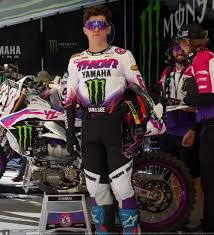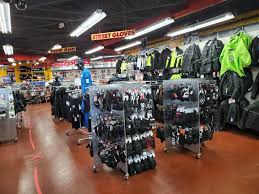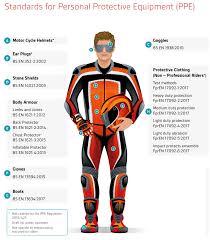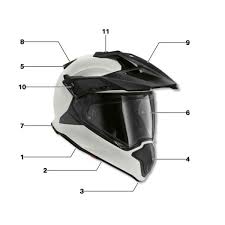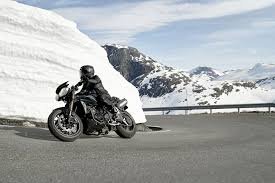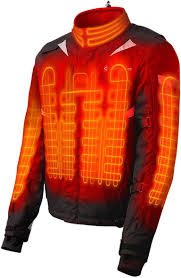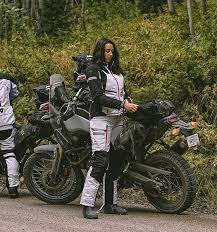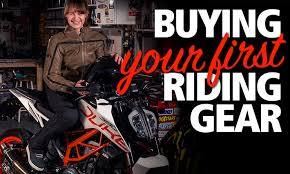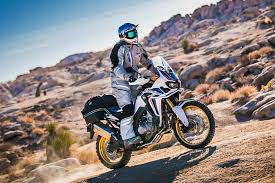Staying Safe on the Road: The Vital Role of Your Street Helmet
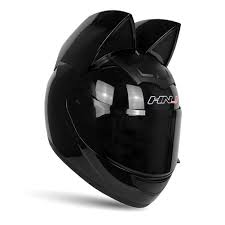
The Importance of Street Helmets in Motorcycle Safety
Riding a motorcycle can be an exhilarating experience, but it comes with its own set of risks. One of the most crucial pieces of safety gear that every rider should never overlook is the street helmet.
A street helmet is not just a fashion accessory; it is a vital piece of equipment designed to protect your head in case of an accident. The human brain is incredibly fragile and susceptible to serious injury in the event of a crash, making the helmet an essential safeguard for riders.
Street helmets are specifically designed to absorb impact energy and reduce the risk of head injuries. They are constructed with durable materials such as polycarbonate, fiberglass, or carbon fibre to provide maximum protection while remaining lightweight and comfortable to wear.
When choosing a street helmet, it is important to ensure that it meets safety standards such as ECE (Economic Commission for Europe) or DOT (Department of Transportation) certification. These standards guarantee that the helmet has undergone rigorous testing to ensure its effectiveness in protecting riders.
Wearing a street helmet should be non-negotiable for every rider, regardless of their skill level or riding experience. Accidents can happen unexpectedly, and having a quality helmet can mean the difference between life and death.
Remember, it’s not just about following the law; it’s about prioritising your safety and well-being on the road. So before you hop on your motorcycle for your next ride, make sure you have your street helmet securely fastened and ready to protect you every step of the way.
Essential FAQs for Choosing and Maintaining Your Street Helmet
- 1. What are the key features to look for in a street helmet?
- 2. How do I determine the right size and fit for a street helmet?
- 3. Are there different types of street helmets available, and how do they differ?
- 4. What safety standards should I consider when choosing a street helmet?
- 5. How often should I replace my street helmet?
- 6. Can I customise or modify my street helmet without compromising its safety features?
- 7. Are there any maintenance tips to ensure the longevity and effectiveness of my street helmet?
1. What are the key features to look for in a street helmet?
When considering what key features to look for in a street helmet, there are several important factors to keep in mind. Firstly, ensure that the helmet meets safety standards such as ECE or DOT certification to guarantee its effectiveness in protecting your head during an accident. Additionally, look for a helmet with a comfortable and secure fit to ensure it stays in place and provides maximum protection. Ventilation is another crucial feature to consider, as proper airflow can help prevent overheating during long rides. Lastly, consider the helmet’s weight and material construction – opt for lightweight yet durable materials like polycarbonate or carbon fibre for both comfort and safety. By prioritising these key features, you can choose a street helmet that offers optimal protection and comfort while riding.
2. How do I determine the right size and fit for a street helmet?
When determining the right size and fit for a street helmet, it is essential to consider a few key factors to ensure optimal comfort and safety. Start by measuring the circumference of your head just above your eyebrows using a flexible tape measure. Refer to the manufacturer’s sizing chart to find the corresponding helmet size based on your measurement. Keep in mind that different brands may have slightly different sizing standards, so it’s crucial to follow each manufacturer’s guidelines. Additionally, try on the helmet and make sure it fits snugly but not too tight. The helmet should sit level on your head with no gaps between the padding and your skin. Remember that a properly fitting street helmet is paramount in providing adequate protection in case of an accident.
3. Are there different types of street helmets available, and how do they differ?
When it comes to street helmets, there are indeed various types available, each designed to cater to different preferences and riding styles. The most common types include full-face helmets, open-face helmets, modular helmets, and half helmets. Full-face helmets provide the most comprehensive protection by covering the entire head and face, while open-face helmets offer a more traditional design with an open face for increased ventilation. Modular helmets combine the features of both full-face and open-face helmets, allowing riders to flip up the chin bar for added convenience. Half helmets cover only the top half of the head and are popular among cruiser riders seeking a minimalist style. Each type of street helmet has its own advantages and considerations, so it’s essential to choose one that best suits your riding needs and safety requirements.
4. What safety standards should I consider when choosing a street helmet?
When choosing a street helmet, it is crucial to consider safety standards to ensure maximum protection on the road. Look for helmets that meet recognised safety certifications such as ECE (Economic Commission for Europe) or DOT (Department of Transportation). These standards ensure that the helmet has undergone rigorous testing and meets specific criteria for impact absorption and overall safety. By selecting a street helmet that adheres to these safety standards, riders can have peace of mind knowing that they are investing in a high-quality product designed to provide optimal protection in the event of an accident.
5. How often should I replace my street helmet?
When it comes to street helmets, a commonly asked question is, “How often should I replace my street helmet?” The general recommendation is to replace your street helmet every five years, regardless of whether you have been involved in an accident or not. Over time, the materials in the helmet can degrade due to factors like UV exposure, sweat, and general wear and tear. Even if there are no visible signs of damage, the protective capabilities of the helmet may diminish over time. Therefore, to ensure optimal protection for your head in case of an accident, it is advisable to replace your street helmet every five years.
6. Can I customise or modify my street helmet without compromising its safety features?
When it comes to customising or modifying your street helmet, it is crucial to proceed with caution to ensure that you do not compromise its safety features. While some minor modifications such as adding stickers or decals may not significantly impact the helmet’s safety, more extensive alterations like drilling holes or removing protective padding can weaken its structural integrity and reduce its effectiveness in protecting your head during an accident. It is always recommended to consult with the helmet manufacturer or a qualified professional before making any modifications to ensure that your helmet remains compliant with safety standards and provides optimal protection while riding.
7. Are there any maintenance tips to ensure the longevity and effectiveness of my street helmet?
Ensuring the longevity and effectiveness of your street helmet is crucial for your safety on the road. Here are some maintenance tips to help you keep your helmet in top condition: Regularly inspect the helmet for any signs of wear and tear, such as cracks or dents, and replace it if necessary. Clean the helmet with a mild soap and water solution to remove dirt and grime, avoiding harsh chemicals that may damage the materials. Store your helmet in a cool, dry place away from direct sunlight and extreme temperatures to prevent deterioration. Additionally, avoid dropping or mishandling your helmet to maintain its structural integrity. By following these maintenance tips, you can prolong the lifespan of your street helmet and ensure it continues to provide optimal protection while riding.

